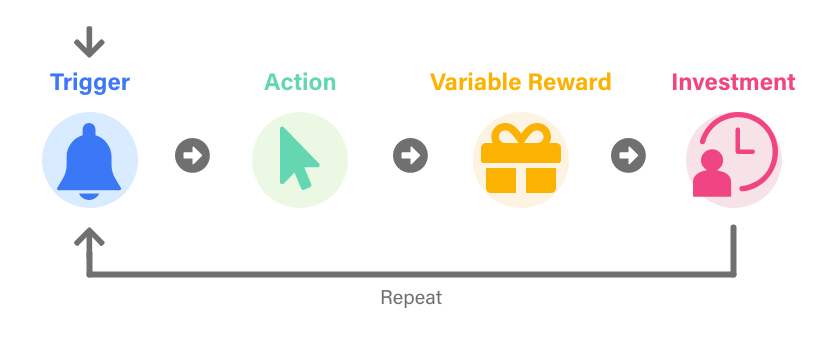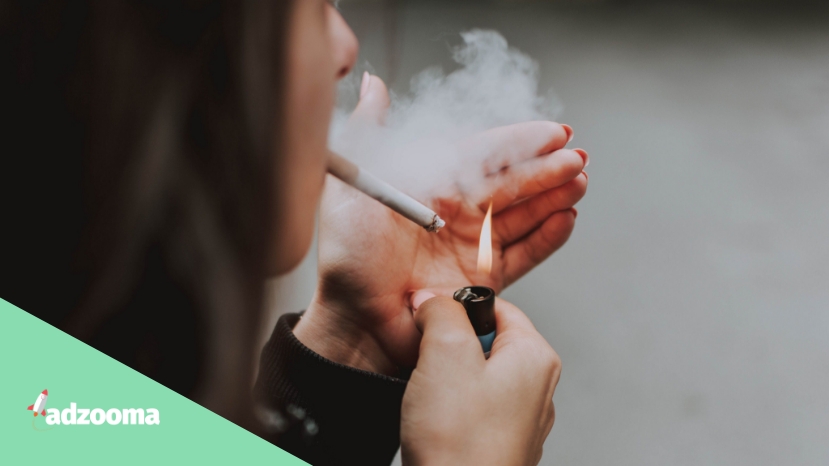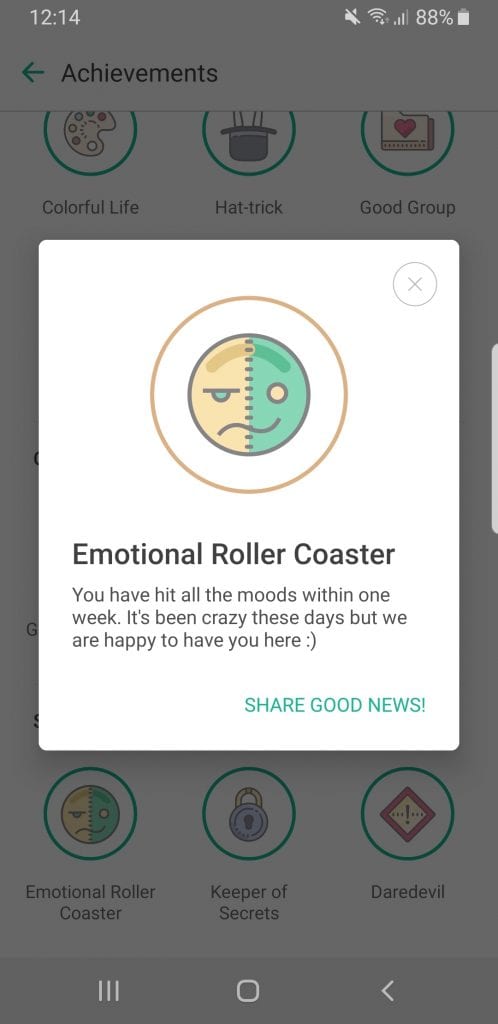A lot of marketing blogs will have you believe that to build loyal customers, you just need to create positive experiences. To some extent this is true. After all, if your customer doesn’t have a great experience with your business, they won’t come back for more.
But that’s not the whole story.
Customers can stay loyal to your brand if they like you. But the real way to retain your customers isn’t through conscious decision making – it’s by creating habits.
With habits, your customers will be programmed to keep using your business or product, guaranteeing return sales.
What are habits?
Habit is a word that’s used a lot, but not always understood. So, to make things clear:
Habits are unconscious, automatic behaviours.
By unconscious, we don’t mean that you do them in your sleep. We mean that they happen without any conscious thought behind it. You don’t think about performing a habit. You just do it without even realising why.
For example, if someone says “good morning” to you while you’re out on a walk, you’ll say it back. There’s no thought process behind it, it’s a habit to say morning back to someone when they say it to you.
If someone is offering to make a drinks round, I will automatically say “yes please!” and hand them my cup. I don’t stop to think about if I actually want the tea or not. I’ve conditioned myself into a habit of just accepting them.
But, with some of my team members’ reluctance to put the kettle on (I’m not going to name names here), I don’t think it’s such a dangerous habit to have.
You need to engineer habits within your customers that will automatically keep them coming back for more. It’s less about loyalty, but tying your brand to unconscious behaviours.
How habits are formed
One of the best ways of explaining how habits are formed comes from the book Hooked: How to Build Habit-Forming Products by Nir Eyal. If you haven’t read it, I would recommend it for further reading after this article.
They use the ‘Hook’ model to describe how habits are created. This is broken down into 4 different stages, as follows.

1. Trigger
Habits are unconscious behaviours that need to be caused by something. The trigger is the cue to carry out this action.
They are arguably the most important part of setting a habit. Triggers can be a wide range of different things, but generally come in two different types:
- Internal triggers: This can be something like an email, or an app notification.
- External triggers: These triggers exist outside of your product, and can be something like a conversation about your product or even a time of day.
You can’t control external triggers, so you might want to consider building internal ones for your company.
To find the best trigger point for your business, you need to think about why customers use your product in the first place. Are they using it at a particular time or to help solve a specific problem?
If so, build your triggers around this. The more natural and helpful your triggers are, the more likely the habit will stick.
2. Action
This is the actual action and habit that people carry out once triggered.
But don’t just get confused thinking that it’s just trigger > action. There are four stages in this cycle, not just two.
All actions are done in anticipation of a reward.
If we go back to my tea example from earlier, the trigger is someone asking if I want tea. The action is me saying “yes please!”. But that’s not a solo action – it’s done in anticipation of the reward of a nice, hot cup of tea.
Habits don’t become habits if people don’t get anything from them.
3. Variable reward
Did you know that levels of “the happy chemical”, dopamine, increase in your brain when you’re expecting a reward?
The idea of getting an award literally makes you happier. It’s not the act of receiving it itself – it’s the anticipation of getting one. The best way to describe it is like a kid at Christmas. Remember how amazing it felt to know that Santa was coming – or to see your pile of presents before opening them.

Rewards literally make people happy and motivate them to take action. It’s the age-old way of telling your customers what exactly is in it for them before they buy.
Hooked outlines 3 different types of reward:
- The tribe. This might also be known as social rewards. It’s driven by our need to feel connected to others and social reinforcement. It’s the same reason FOMO (Fear Of Missing Out) is a powerful motivator.
- The hunt. This is due to our need for resources. It’s compared to how we used to hunt for food – only now it’s been replaced for a need for material resources and information.
- The self. This is any kind of personal gratification award or a way to overcome personal obstacles. It’s the same satisfaction you might get from completing a Sudoku puzzle, with nothing to gain other than the pleasure of knowing you’ve finished it.
The point is that rewards don’t have to be the same to form a habit. They can come from a range of areas, the most important part is to ensure that you are offering one that’s enough to convince your customers to carry out the action.
4. Investment
The investment stage isn’t just about money. Customers can also invest their time, data or effort into your product.
This stage is an important one in forming habits because the more people invest in it – the greater the chances it will have of sticking. What’s more, the more people invest, the more they value the product.
It’s called the IKEA effect.
As most of you will have probably experienced, IKEA is a Scandinavian furniture company that flat pack its furniture. This makes it easier for you to transport it home but means that you need to dedicate a few hours of your time building your furniture.

The IKEA effect was named in a 2011 research paper, which claimed: “that labour alone can be sufficient to induce greater liking for the fruits of one’s labour”. Fundamentally, this means that the more time and effort people put into a product, the more they’ll love it.
People will value their IKEA furniture much more than other store-bought items – because they had to assemble it themselves. That extra bit of labour keeps people coming back for more. That, and the promise of hot dogs.
The gamification method
Gamification is the process of integrating game mechanics into products. The idea is that the product now becomes more of a game, giving you rewards for completing actions and passing levels.
Generally, gamification has mixed results. It’s a great way of bringing customers into the product but doesn’t always offer enough substance for users to create habits. That’s because, at its core, gamification is a novelty. And novelties wear off fast.
Let me use a real example to illustrate this, with the mood tracking app Daylio. On this app, users could track moods, activities and make notes about their mood, giving more insightful data and statistics to understand behaviours. Having recently launched all our data on mental health, this feels like a good example to use.
Daylio uses a gamification process giving you daily ‘streaks’ you don’t want to break and using achievement badges for users to collect. There’s also a set of ‘secret achievements’ that you can’t see until you unlock them, making you want to explore the app more.
Unfortunately, these rewards are few and far between. And as soon as the gratification for that wears off, there wasn’t much reward back in it for me.
The app went from fun to something I had to do. As soon as that switch happened, my effort level went. The habit didn’t take and unfortunately, I was lost.
This was of course just my experience of it. It could have been enough for other users to form the habit. But for me, the gamification model wore off too fast to make an impact.
Triggers are essential
One thing that gamification gets wrong is that there’s often a reward – but no trigger.
You cannot build habits without a trigger. To reemphasise this point, let me remind you of Pavlov’s dog experiment.
Dr Pavlov discovered classical conditioning by accident. He was performing an experiment on dogs, measuring their salvation in response to being fed. But doing this experiment, he noticed that the dogs would salivate before the food was brought, responding to the sound of his assistant’s footsteps.
Digging deeper, he started ringing a bell before the dogs received their food. The dogs then associated the sound of the bell with their food. On hearing the bell, they started to salivate.
It was an unconscious action. The bell was the trigger, the action was the salivating and the reward was food.
You need to find a metaphorical bell to ring to build your own habits.

Habits in action
One of the easiest ways to show how habits work is through apps like Candy Crush and Evernote.
Both of these apps have free versions that customers don’t have to pay for. Yet, they’re incredibly successful at converting paid users. In fact, the Candy Crush games collectively made more than $1.5 billion in revenue from microtransactions in 2018.
The secret to this is habits.
By letting users play or use the app for free, people get used to them. They form habits. Then, because they’re so used to it, they don’t mind spending more to upgrade their account or paying to continue the habit.
It’s not just apps where habits can be formed either.
I get my eyebrows waxed every couple of weeks. And this is now a routine habit for me, because of the way they’ve programmed me to book.
I book and pay for my next appointment while I’m having the current one done. This is a habit, with a trigger of finishing the current treatment. When it’s done, I’ll automatically walk to the counter and pay for the next one. They even have my card details on the system, so the whole process takes a minute. I don’t even think about it anymore. It’s a habit to just get my phone out and jot the next appointment in my calendar.
21 isn’t the magic number
There’s a common myth that it takes 21 days to form a habit. This just isn’t true.
It comes from plastic surgeon Dr. Maxwell Maltz, who once published this quote:
“These, and many other commonly observed phenomena tend to show that it requires a minimum of about 21 days for an old mental image to dissolve and a new one to jell.”
That quote does not mean a habit is formed in 21 days. It means that is the minimum amount of time he had noticed for people to adapt to change.
In actual fact, it can take 66 days for a habit to be formed. That’s over 2 months. But it varies from each person, the habit and how often they do it. If you do something every day, it’s more likely to stick quicker than something you do every week.
66 days. Now, it’s no wonder free trials that are only 7 days long don’t work. You haven’t got time to form a habit.
Aim for small habits
Small habits are easier to form.
It’s easier to get someone to do a 5-minute task than it is to encourage someone to run marathons. It’s why people give up on exercise after the first week of January after setting ridiculous goals to completely change their diet and hit the gym 5 times a week.
The best habits are made from small changes.
There’s an app called Fabulous, designed to help you create rituals and build habits. On the free trial, it will take you through a pre-programmed ‘journey’ that only starts with one, small goal: drink a glass of water when you wake up.
It slowly gets extended out with more habits. But the point is to start small and make little changes.
The only problem with this app is that you only get a 7-day free trial before you need to pay…. Which then undermines everything else about the habit forming system. It’s a shame they didn’t apply what they knew about habits to their own product.
Build habits and keep your customers coming back for more
If you want to keep your customers coming back for more, you need to build habits. Keep in mind this advice doesn’t work for every business.
You don’t need to form habits if you’re selling conservatories or cars as these tend to be big, one-off purchases. Getting into habits is more about small repeat purchases. Like grabbing a coffee from a certain store or paying for a monthly subscription.
Habits involve a trigger, action, reward and finally, investment. They take time to form and take as long as 2 months before they become a truly unconscious action.
However, building successful habits will add untold potential for your business. Customers will stay loyal and buy from you, not just because they’ve had a good experience, but because they’re programmed to do it automatically.






